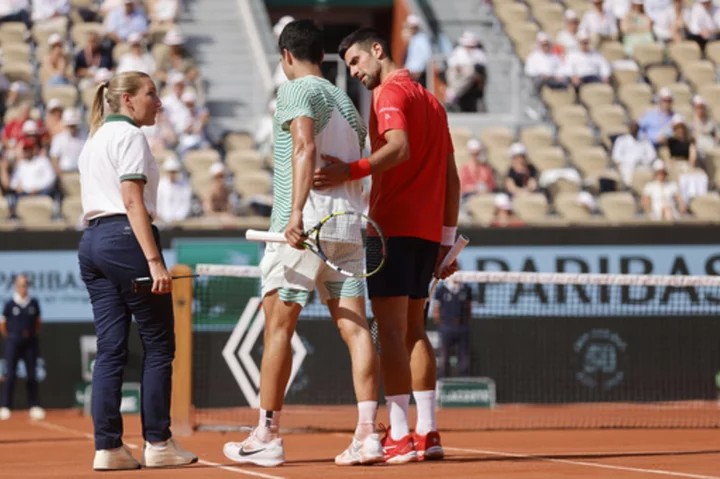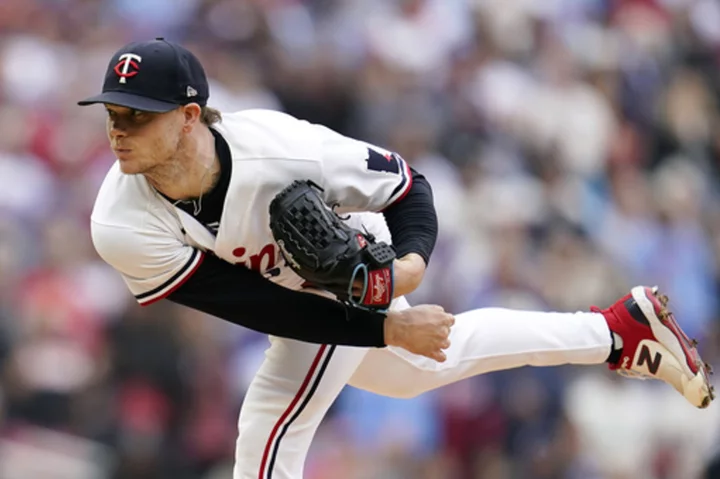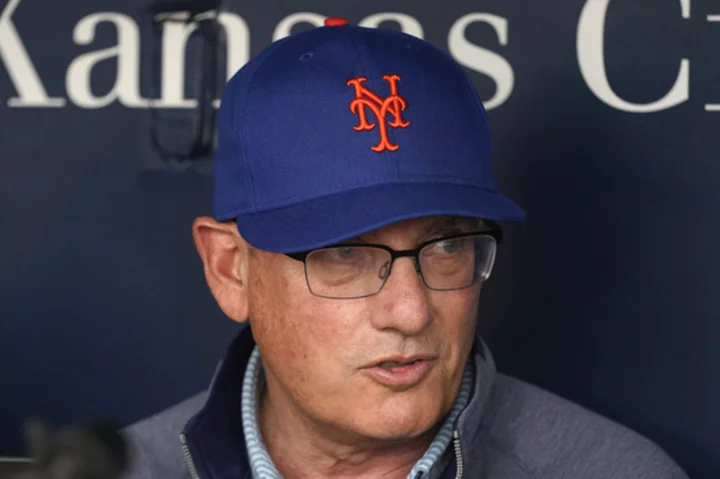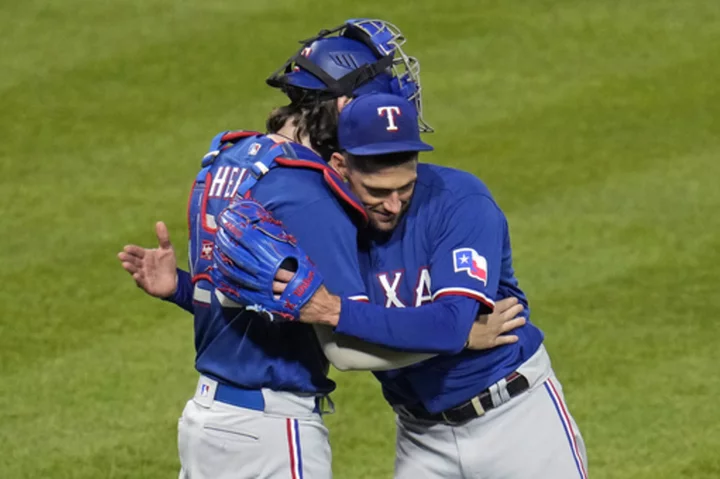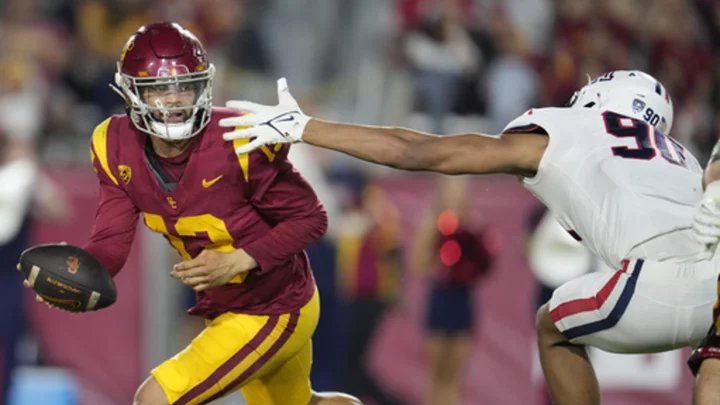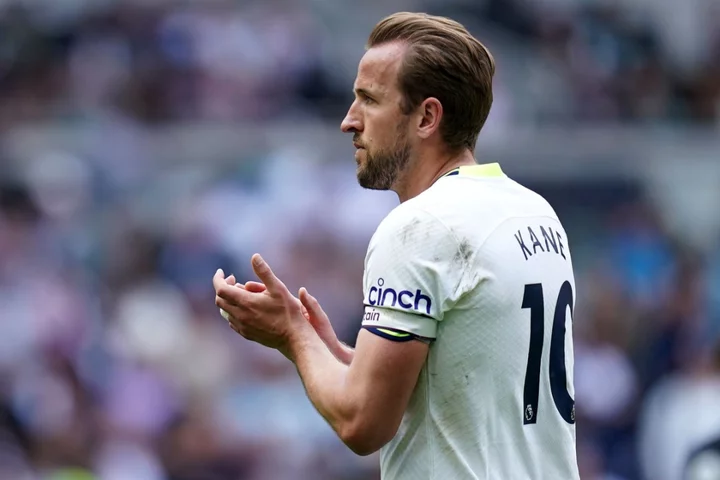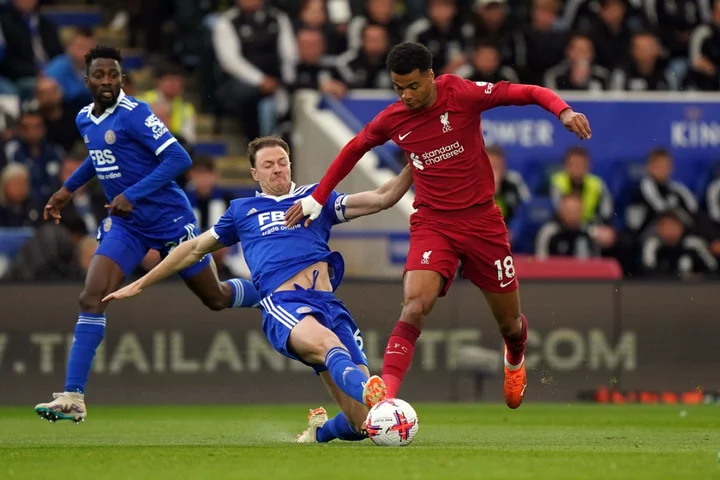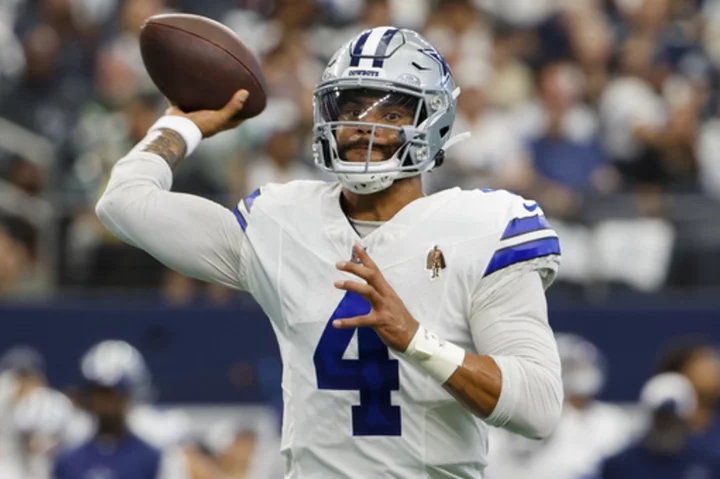PARIS (AP) — It was Carlos Alcaraz, not Novak Djokovic, who conjured up the “How did he do that?!” shot in the French Open semifinals that went viral in minutes and will be talked about for years.
It was Alcaraz, 20, not Djokovic, 36, who had youth on his side, of course, the widest gap between Grand Slam semifinalists since 1991. It was Alcaraz, not Djokovic, who complained to his coach in the early going on an 85-degree afternoon in Court Philippe Chatrier that the points weren't long enough to wear down his opponent.
And yet it was Alcaraz, not Djokovic, who succumbed to the heat and the intensity and, by his own admission, the nerves of the occasion. It was Alcaraz, not Djokovic, whose body broke down. And so it is the No. 3 seed Djokovic, not No. 1 Alcaraz, who will play on in Paris with a chance to add to his trophy collection.
Using every bit of his superiority in experience and fitness, Djokovic beat a cramping Alcaraz 6-3, 5-7, 6-1, 6-1 to reach his 34th major final. That allowed Djokovic to move closer to a 23rd Grand Slam championship, which would break a tie with rival Rafael Nadal for the men's record.
“I think we were both at the physical limit, to be honest, toward the end of the second set,” said Djokovic, who had his right forearm massaged by a trainer during that set. ”I wasn’t feeling fresh at all. We went toe-to-toe.”
Score one for the old guys.
“I've never felt the tension that I did in that match,” said Alcaraz, who said he thought the jitters he sensed because of the occasion, and the daunting foe across the net, helped cause cramps in “every part of my body.”
“He has been in that situation multiple times,” Alcaraz said. “More than me.”
On Sunday, Djokovic will meet No. 4 Casper Ruud of Norway or No. 22 Alexander Zverev of Germany in the final.
Ruud — a two-time major runner-up last year, including in Paris — and Zverev — the runner-up at the 2020 U.S. Open — were scheduled to play the second semifinal later Friday. Neither owns a major trophy.
Nadal was absent from his favorite tournament this year because of a hip injury; he had arthroscopic surgery last week.
That left most people focusing on two men: Djokovic, who has won 10 of the past 19 majors, and Alcaraz, who won the U.S. Open in September. Djokovic is one of the dominant figures in the sport’s history; Alcaraz is considered its future.
They sure put on a show for two exhilarating, exhausting sets, with fans breaking into chants of both men's nicknames: “No-le!” and “Car-li-tos!”
Djokovic was at his stretching, sliding best, whipping groundstrokes that pushed Alcaraz all over the place. Alcaraz, somehow, chased just about everything down, his speed and instinct as good as there is.
“I told him at the net: He knows how young he is. He has plenty of time ahead of him," Djokovic said. “He’s going to win this tournament, I’m sure, many, many times. He’s an unbelievable player.”
Nothing was as unbelievable as THAT shot by Alcaraz. It was the shot of the day, of the tournament, of the year, reminiscent of one conjured up by Roger Federer on the same court years ago.
It arrived at 1-all in the second set. Having lured Alcaraz forward, Djokovic sent the ball toward the baseline. Many a player would have given up on the point and chosen to move onto the next. Or perhaps attempted to get there but failed. Alcaraz gave chase, running with his back to the net, then sliding beyond the baseline, his left foot bending as he came to a halt and spun his body around, leaning backward in order to lace a forehand past Djokovic for a winner.
As the crowd roared and rose for an ovation to celebrate the feat, Alcaraz raised his left hand and briefly jutted his index finger into the “No. 1” gesture.
He smiled a wide smile.
Even Djokovic had to smile, and used his racket to applaud.
But soon, this highly anticipated matchup devolved into something as anticlimactic as can be.
Early in the third set, after nearly 2 1/2 hours of exertion and tension, Alcaraz’s body began to lock up. First, his hand cramped. Then his legs. After missing a forehand return to make the score 1-all, Alcaraz hopped on his left leg, then clutched his right calf. He dropped his racket. Chair umpire Aurélie Tourte went over to check on him. So did Djokovic, walking all the way over to Alcaraz’s side of the court.
A medical timeout for an injury — what the rulebook calls “an acute medical condition” — during a match is allowed. But treatment for cramps when it isn’t a changeover is not permitted without penalty. So Tourte told Alcaraz that he could sit on the sideline and get help from a trainer, but he would need to concede the following game, which he did.
When play resumed with Djokovic ahead 2-1 in that set, the crowd jeered and whistled and booed, until Tourte explained in French what was happening.
“From that moment onwards,” Djokovic said, “it was a different match.”
Alcaraz would only claim one more game.
___
AP tennis: https://apnews.com/hub/tennis and https://twitter.com/AP_Sports

